Habitual dislocation of the patella (patellar instability)
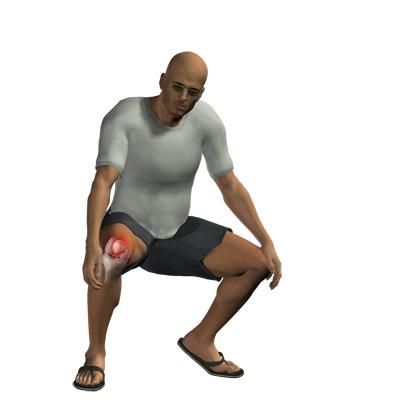 Discomfort in the patella (kneecap) and in the anterior parts of the knee joint is one of the most common complaints in patients of all age categories. Men are more likely to face this problem among athletes, while women are more likely to face this problem among the non–athletic population.
Discomfort in the patella (kneecap) and in the anterior parts of the knee joint is one of the most common complaints in patients of all age categories. Men are more likely to face this problem among athletes, while women are more likely to face this problem among the non–athletic population.
In general, the causes of discomfort are as follows: changes in soft tissues, patellar instability, and arthrotic changes.
Their development is most often based on a discrepancy between the anatomical and physiological capabilities of a particular knee joint and the requirements imposed on it. According to the literature, football players complain most often about pain in the patella area, followed by weightlifters, runners and shooters. Increased professional stress on the legs in everyday life also increases the risk of pain. Anatomical prerequisites for the development of dysfunction in the patellofemoral joint (the junction between the patella and femur) are flattening of the condyles of the femur, high or low position of the patella, excessive congenital deviation of the tibia outward (valgus deviation), muscle imbalance and deformities of the lower limb. The load on the knee joint is determined by the type, duration and amount of physical activity.
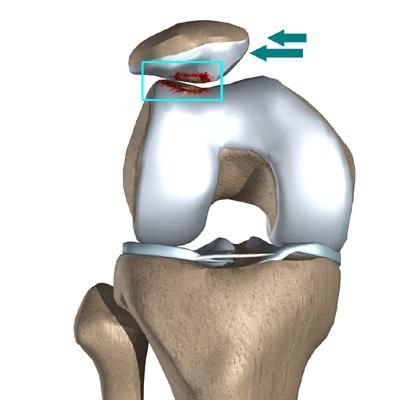 Prolonged increased stress leads to hypertrophy of soft tissues – medio- and infratellar folds, Goff's fat body, tendinitis of the patellar ligament and tendon of the quadriceps femoris, as well as accelerated wear of the cartilage.
Prolonged increased stress leads to hypertrophy of soft tissues – medio- and infratellar folds, Goff's fat body, tendinitis of the patellar ligament and tendon of the quadriceps femoris, as well as accelerated wear of the cartilage.
In the presence of dysplasia in the patellofemoral joint, conditions are created for excessive displacement of the patella outward, into the subluxation position, under the action of the quadriceps muscle. In this case, under conditions of overload, instability of the patella and its atraumatic dislocation may gradually form. In addition, dysplasia requires a much less severe external traumatic effect, leading to dislocation of the patella, than in conditions of normal anatomy.
After an acute dislocation of the patella, its main stabilizer, the medial patellofemoral ligament, ruptures, followed by pronounced patellar instability with frequent atraumatic dislocations.
Treatment of patellar problems should be aimed at restoring dynamic balance and stability in the patellofemoral joint. In conditions of normal anatomy, conservative treatment is indicated – changing the nature of physical activity, physiotherapy, wearing a special bandage, sometimes arthroscopic revision, resection of hypertrophied soft tissues and unstable cartilage fragments.In conditions of existing instability, especially against the background of dysplasia, patella stabilization is indicated – restoration of the medial patellofemoral ligament, medial capsulography, and sometimes lateral release.
Why the EMC
The first and only clinic in Russia, created in the image of the world's leading clinics
EMC is a multidisciplinary center offering patients a high level of medical services and a personalized approach
Worldwide recognition and awards
 Learn more
Learn more
Worldwide recognition and awards
 Certificates and licenses
Certificates and licenses
Make an appointment for a consultation
Specify your contacts and we will contact you to clarify the details
Reviews
and new products of the EMC










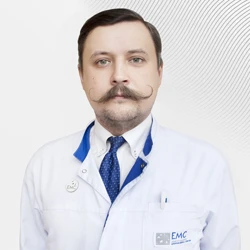

.webp)

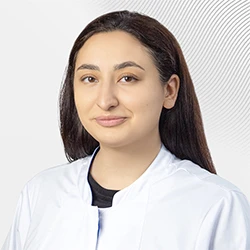

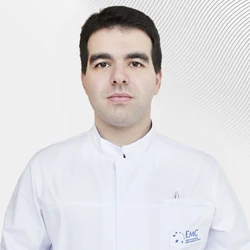
.webp)


